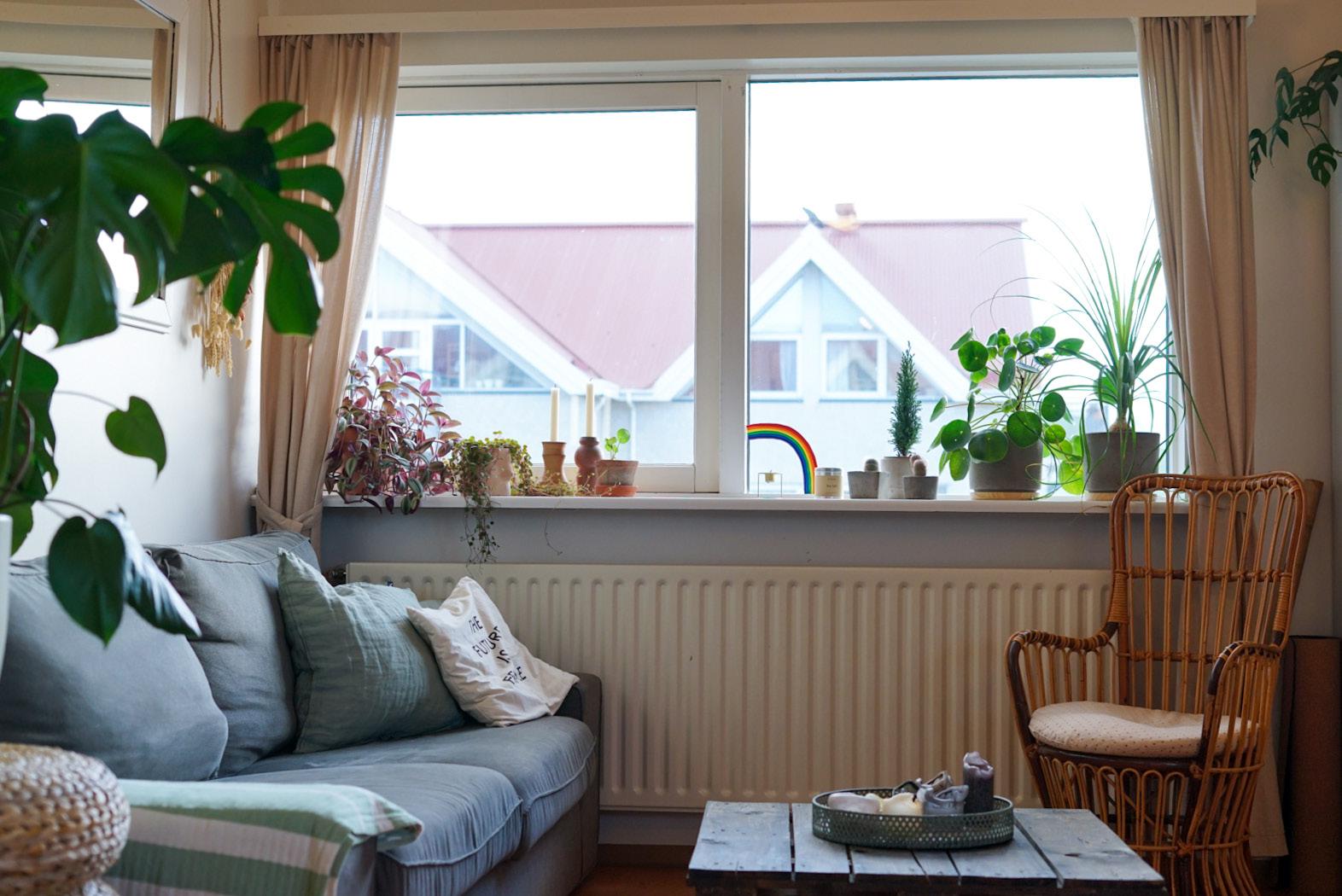STÚDENTABLAÐIÐ
Þegar á haustmisseri var komið varð svigrúmið hins vegar takmarkað á ný, þar sem skólinn lagði áherslu á rafræna kennslu með möguleika á staðnámi og staðpróf eins og mögulegt væri. Víða voru fyrirlestrarnir í rauntíma og við það gerðum við ekki athugasemd, en það var þó jafn framt nauðsynlegt að eiga upptökuna til. Þannig gátu nemendur nálgast fyrirlesturinn seinna, hvort sem það var fyrir próf eða til að geta glósað betur og ítarlegar. Það er raunar lykilatriði í námsferli stúdents. Það var og er því aldrei meiningin að fyrirlestrar séu ekki í rauntíma, heldur að þeir séu öllum aðgengilegir eftirá. Rökin geta þar með ómögulega verið þau að fyrirkomulagið verði að vera svona til þess að nemendur mæti í tíma. Við leggjum mikla áherslu á nýja námsumsjónarkerfið Canvas, alla eig inleika sem það hefur og að öll gögn verði á einum stað, en samt vantar ennþá þennan stóran hluta námsefnisins sem aðgengi að fyrirlestrum er. Á þetta verður að leggja frekari áherslu og forðast eindregið að snúa aftur í gamla farið. Hugmyndin um rafræna kennslu sem og fjar kennslu merkir eitthvað allt annað í dag og getur ekki verið svo fjar stæðukennd lengur. Markmiðið með þróun fjölbreyttra kennsluaðferða er að styrkja gæði námsins til muna, sem kemur til með að efla starf semi skólans. Afurðin verður þannig samkeppnishæf við aðra háskóla á alþjóðavísu. Háskóli Íslands hefur sýnt að hann hefur alla burði til þess að bæta kennsluhætti og jafnvel umbylta þeim. Góð aðstaða og aðrar úrbætur fyrir kennara til að nýta í kennslu lofa einnig góðu fyrir bætta kennsluhætti. Það er nefnilega framtíðin, tæknivæddir kennsluhættir í takt við samtímann.
Útgáfustörf á nýjum tímum A New Era of Publishing GREIN ARTICLE Anna María Björnsdóttir
ÞÝÐING TRANSLATION Julie Summers MYNDIR PHOTOS Sædís Harpa Stefánsdóttir
never has been to dissuade students from attending lectures in real time, but rather to ensure that all students can access them after the fact. So the argument cannot be that things must be done this way in order to ensure that students attend class. We put a lot of focus on our new learning management system, Canvas, all the features it offers, and having all course materials in one place, and access to lectures is a large part of course materials and must be ensured. More emphasis must be placed on ensuring lecture availability and categorically refusing a return to old routines. The concept of remote learning means something completely different today and can hardly be considered so far-fetched anymore. The aim of developing a variety of teaching methods is to significantly enhance the quality of education, which will only strengthen the university and make it more competitive on the international stage. The University of Iceland has shown that it has the potential to not only improve teaching methods but even revolutionize them. Quality facilities and other resources for instructor use also promise to improve teaching methods. After all, that is the future: high-tech teaching methods for today’s world.
With our sights set on the future in this issue of the paper, it’s the perfect time to look to the world of publishing, with its ever-changing landscape. A Student Paper journalist sat down with Guðrún Vilmundardóttir, founder and publishing director of Benedikt Publishing, to discuss a new era of literature and what the future may bring. Guðrún founded Benedikt in 2016 with the goal of publishing a diverse mix of quality books with a particular focus on fostering the author-publisher relationship. THE ICELANDIC BOOK MARKET
The literary landscape here in Iceland has undergone significant changes in recent years, particularly with regards to the advent of social media, the appearance of new publishers, and an increased emphasis on high-quality translations. Guðrún says she welcomes the shift toward making foreign literature more readily available to Icelandic readers: “Being able to offer a good, wide selection of translations is really great for our market. There’s sometimes this fear that they’ll struggle [to find an audience], but many of these new publishers are really focusing on high-quality translations.” As an example, she points to a series published by Angústúra that highlights female authors from distant lands. Another trend Guðrún has noticed is an increased interest in narrative nonfiction, a term used to describe nonfiction books that essentially read like novels, citing Patrik Svensson’s The Book of Eels as an example. She also notes that the so-called
8
























